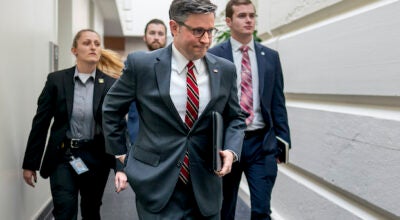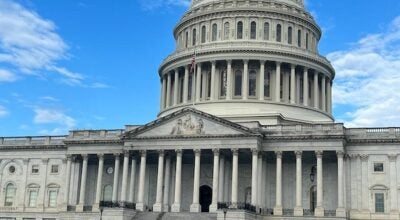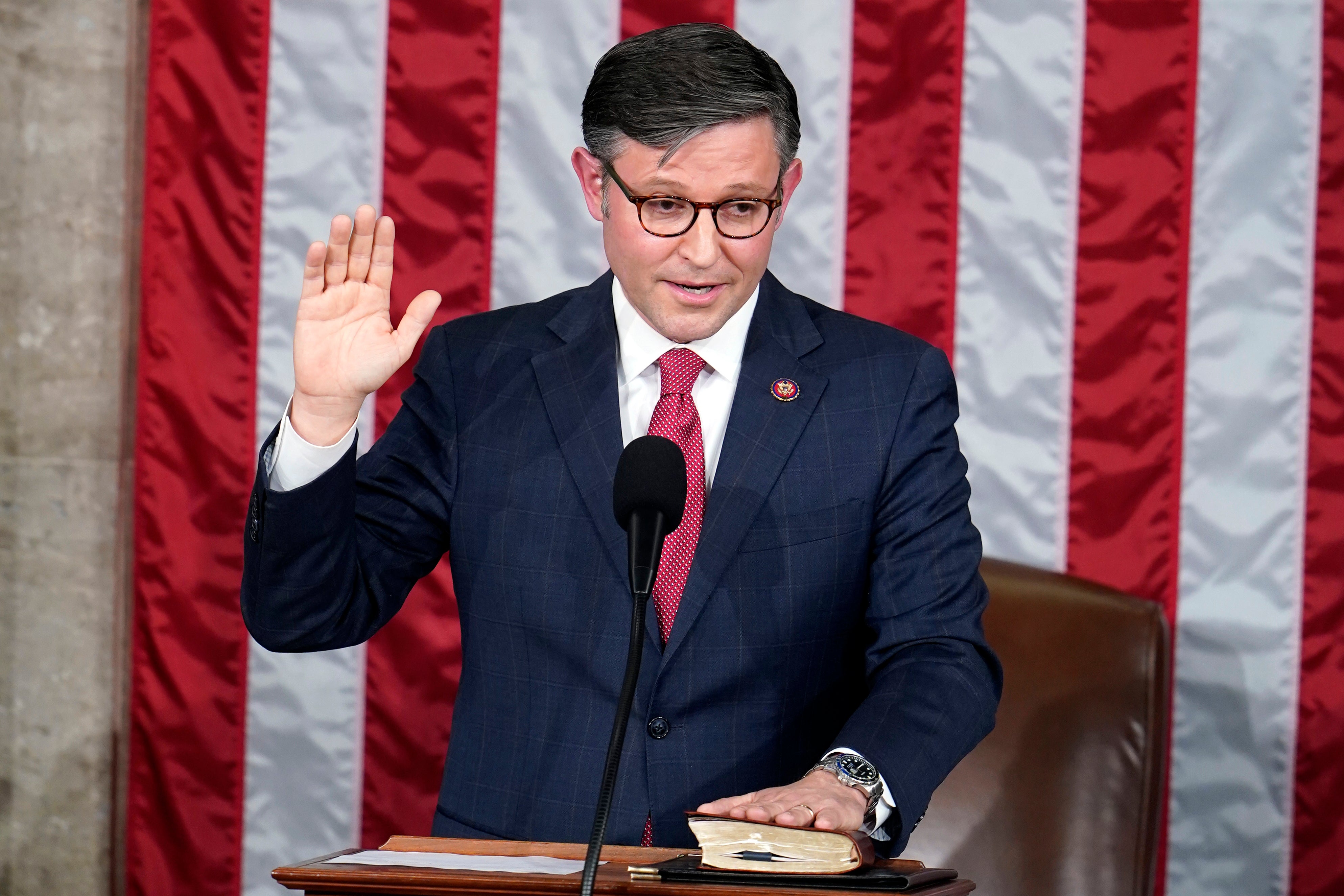Bipartisan proposal on student loans circulating
Published 1:48 pm Wednesday, June 19, 2013
WASHINGTON (AP) — A bipartisan compromise on student loans started to take shape in the Senate on Wednesday linking interest rates to the financial markets. If approved, it would prevent rates for new borrowing from doubling in coming days.
Students from lower-income families, who pay substantially lower interest rates than those more affluent, would see interest rates rise slightly to 3.8 percent on new subsidized Stafford loans.
Despite the increase, the rate is still lower than the 6.8 percent students would face if Congress doesn’t reach a deal by July 1 to prevent rates from doubling. The current rate is 3.4 percent
Students from more affluent families and graduate students could also see interest rates on non-subsidized loans decrease in the coming year, according to the preliminary outline.
Rates for new loans would vary from year to year, according to the financial markets. But once students received a loan, the interest rate would be set for the life of that year’s loan.
The proposal, developed during conversations among Democratic Sen. Joe Manchin of West Virginia, Republican Sen. Tom Coburn of Oklahoma and independent Sen. Angus King of Maine, was being passed among offices. None of them publicly committed to the plan until they heard back from the Congressional Budget Office about how much the proposal would cost.
A draft of the proposal was obtained Wednesday by The Associated Press.
A day earlier, Senate Majority Leader Harry Reid told reporters negotiations were afoot and predicted a deal could be reached. He mentioned talking with Manchin and King, as well as Democratic Sen. Elizabeth Warren of Massachusetts and Jack Reed of Rhode Island.
“The last 24 hours, I’ve spent hours working with interested senators,” Reid said Tuesday.
“We’re not there yet,” he added.
Education Secretary Arne Duncan and White House economic adviser Gene Sperling would have lunch with senators on Thursday, Reid said.
Republicans, meanwhile, have been unrelenting in their criticism of Democrats for opposing tenets of Obama’s student loan proposal, chiefly rates that change every year to reflect the markets. Without action, Republicans said, students were left not knowing how much they would be paying for classes this fall.
“It’s not fair to these students and not fair to students across the country who need to know what the cost of their loans is going to be and what the interest rate is going to be,” Republican House Speaker John Boehner told reporters.
Last year, Congress voted to keep interest rates on subsidized Stafford student loans at 3.4 percent for another year during a heated presidential campaign. Without the attention, education advocates worried that the interest rate would revert back to former rates on July 1, leading to extra out-of-pocket costs for students.
Six sometimes overlapping versions of student loan legislation were being considered in the House and Senate. Two bills — Senate Republicans’ and Senate Democrats’ proposals — both failed to win 60 votes needed to advance last week, seeming to suggest student loans were going to double.
Other proposals had champions among wings of their parties but only the House had passed student loan legislation. That bill drew a veto threat from the White House.
“The House has done its job. It’s time for the Senate to do theirs,” Boehner said.
It seemed work was afoot behind the scenes.
The bipartisan Senate proposal being circulated with just days to spare before interest rates increased borrowed pieces from the various suggestions.
In the potential compromise, interest rates would be linked to 10-year Treasury notes, plus an added percentage — just like Obama’s proposal, as well as those from House and Senate Republicans.
Students with lower incomes would pay less interest than those from affluent families, while parents taking out loans would pay even higher interest rates.
When students sign for loans each academic year, their interest rate would be locked in for the life of that year’s loan. For instance, students could wind up paying a higher interest rate for their sophomore year than their freshman year if the economy continues to improve and 10-year Treasury rates increase.
At the end of their studies, students could consolidate their loans. The current system caps that rate at 8.25 percent and lawmakers were considering keeping that in place.
—
Follow Philip Elliott on Twitter: http://www.twitter.com/philip-elliott





